Home>Ideas and Tips>Transitional Spaces: Hallways With Personality
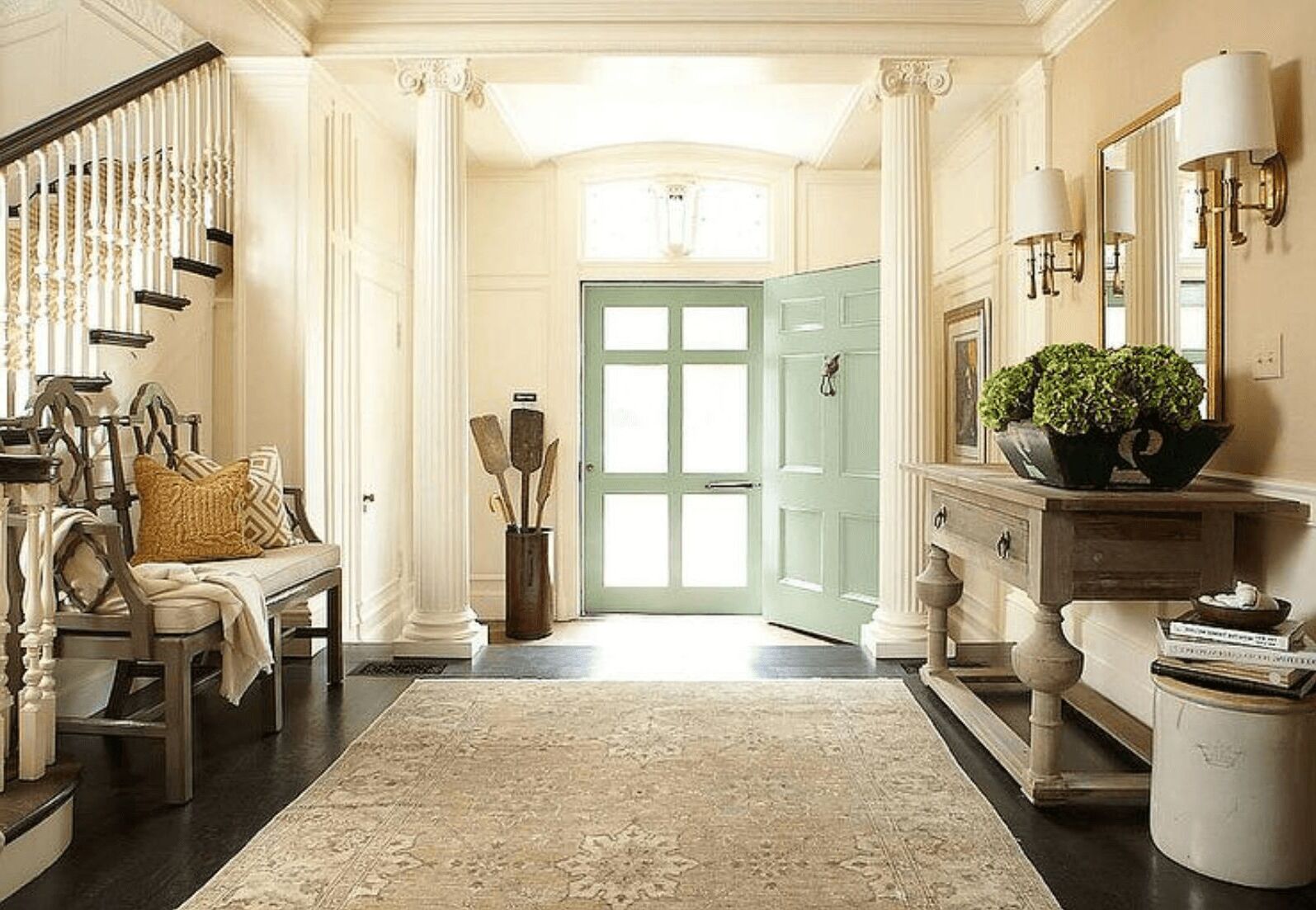

Ideas and Tips
Transitional Spaces: Hallways With Personality
Published: October 22, 2024
Transform your hallways into captivating spaces with vibrant colors, stylish lighting, and greenery. Discover design tips to enhance your home's ambiance.
(Many of the links in this article redirect to a specific reviewed product. Your purchase of these products through affiliate links helps to generate commission for Storables.com, at no extra cost. Learn more)
Hallways are often overlooked as mere passageways between rooms, but they hold a significant role in the overall design and ambiance of a home. These transitional spaces serve as bridges between different areas of the house, connecting various rooms and creating a seamless flow. By recognizing the importance of hallways, homeowners can transform them into captivating and memorable spaces that reflect their unique style and enhance the overall aesthetic of their home.
The Significance of Transitional Spaces
Transitional spaces, such as hallways, are experiential zones that exist between internal and external environments. They act as buffer spaces and physical connectors, facilitating movement between private or public domains. These spaces are ubiquitous in urban settings, including plazas, open cafes, and urban corridors. In the context of residential design, hallways play a crucial role in setting the stage for what awaits inside the home.
Read more: Add Personality To Hallways And Transitions
Designing Hallways for Personality
To elevate hallways from mere passageways to spectacular spaces, homeowners can incorporate artistic elements and functional design. Here are some key design ideas to transform your hallway:
1. Color and Patterns
Hallways can be infused with energy through vibrant hues or create a serene ambiance with subtle tones. Striped wallpapers or geometric tiles can add visual interest to the walls or floors. For example, a bold statement floor with intricate tiles or eye-catching patterns becomes an instant conversation starter.
2. Lighting Fixtures
Stylish lighting fixtures can brighten the space and serve as striking focal points. Pendant lights, chandeliers, or wall sconces can be strategically placed to create a dramatic effect. For instance, a dazzling chandelier can add glamor to the hallway while modern pendant lights can provide a sleek and contemporary look.
3. Statement Features
Adding statement features such as a bold statement floor or an accent wall adorned with striking wallpaper or textured paint can capture attention and elevate the design of the hallway. An ornate console table or an artistic bench can also be introduced to enhance both functionality and aesthetics.
4. Greenery and Nature
Introducing indoor plants and vegetation in the hallway infuses the area with serenity and natural beauty. Hanging planters, potted plants, or a vertical garden can add a touch of mother nature to the walls, making the space feel more inviting. Lush foliage purifies the air and softens the overall design, creating a harmonious connection with nature.
5. Niche and Corner Utilization
Decorative items or indoor plants can be displayed on wall-mounted shelves to add visual interest. Incorporating a small console table with decorative accents can make the hallway feel welcoming and stylish. By maximizing the potential of niches and corners, homeowners can create a hallway that connects rooms and becomes a delightful part of their home’s overall design.
Psychological Impact of Transitional Spaces
Transitional spaces have a profound impact on human psychology and stress recovery. Research has shown that curved environments are more effective than linear environments for recovering from human stress in transitional spaces. This is because curved shapes are often interpreted as more pleasant and likeable than sharp, straight elements. The rectilinear or curvilinear forms of furniture in an interior environment can also have a differential effect on human emotions, with curved environments causing more pleasant emotions such as feelings of relaxation, peace, and calm.
Practical Applications
To apply these principles practically:
- Curved Elements: Incorporate curved elements such as rounded furniture or architectural features to create a more pleasant ambiance.
- Natural Light: Ensure that transitional spaces receive adequate natural light to enhance the overall mood.
- Comfortable Seating: Provide comfortable seating areas in transitional spaces to encourage relaxation.
- Artistic Elements: Display artistic elements such as paintings or sculptures to add personality to the space.
Case Studies
-
Hallway Design Ideas:
- A bold statement floor with intricate tiles can become an instant conversation starter.
- An accent wall adorned with striking wallpaper or textured paint can capture attention.
- A dazzling chandelier can add glamor to the hallway while modern pendant lights can provide a sleek and contemporary look.
-
Greenery in Hallways:
- Hanging planters filled with lush foliage can purify the air and soften the overall design.
- Potted plants placed strategically around the hallway can create a harmonious connection with nature.
- A vertical garden can be mounted on walls to add visual interest and freshness to the space.
-
Niche and Corner Utilization:
- Display decorative items or indoor plants on wall-mounted shelves to add visual interest.
- Incorporate a small console table with decorative accents to make the hallway feel welcoming and stylish.
- Create a relaxing spot for reading by placing a comfy chair, some plush cushions, and a bookcase that’s not too big.
Read more: How Many Racks Of Ribs Per Person
Conclusion
Hallways are more than just passageways; they are transitional spaces that can significantly enhance the overall design and ambiance of a home. By incorporating artistic elements, functional design, and practical applications such as curved elements, natural light, comfortable seating, and artistic elements, homeowners can transform their hallways into captivating and memorable spaces that reflect their unique style. Whether it’s adding statement features like bold floors or accent walls or introducing greenery and nature through indoor plants, the possibilities are endless. Embrace your hallway as an opportunity to create something extraordinary and welcoming, making it a vital part of your home’s overall design theme.
In conclusion, transitional spaces like hallways hold immense potential for enhancing both functionality and aesthetics in residential design. By recognizing their importance and applying thoughtful design principles, homeowners can create hallways that not only serve as bridges between rooms but also as inviting and memorable passages that leave a lasting impression on all who enter their home.
Was this page helpful?
At Storables.com, we guarantee accurate and reliable information. Our content, validated by Expert Board Contributors, is crafted following stringent Editorial Policies. We're committed to providing you with well-researched, expert-backed insights for all your informational needs.

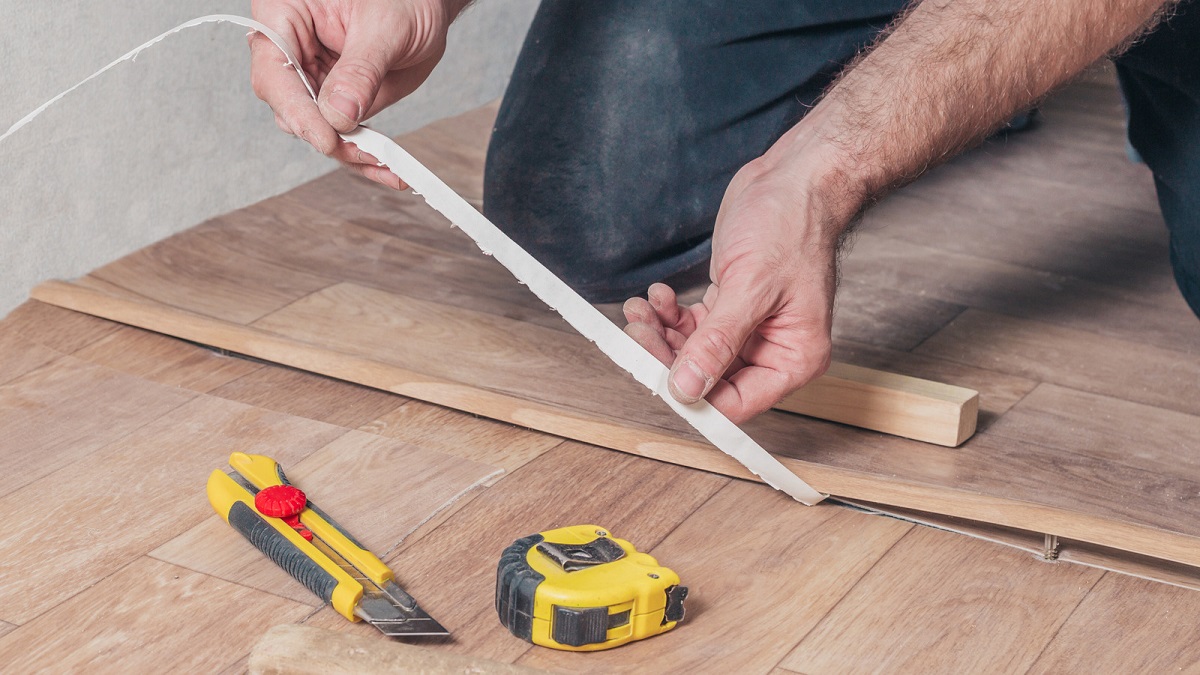
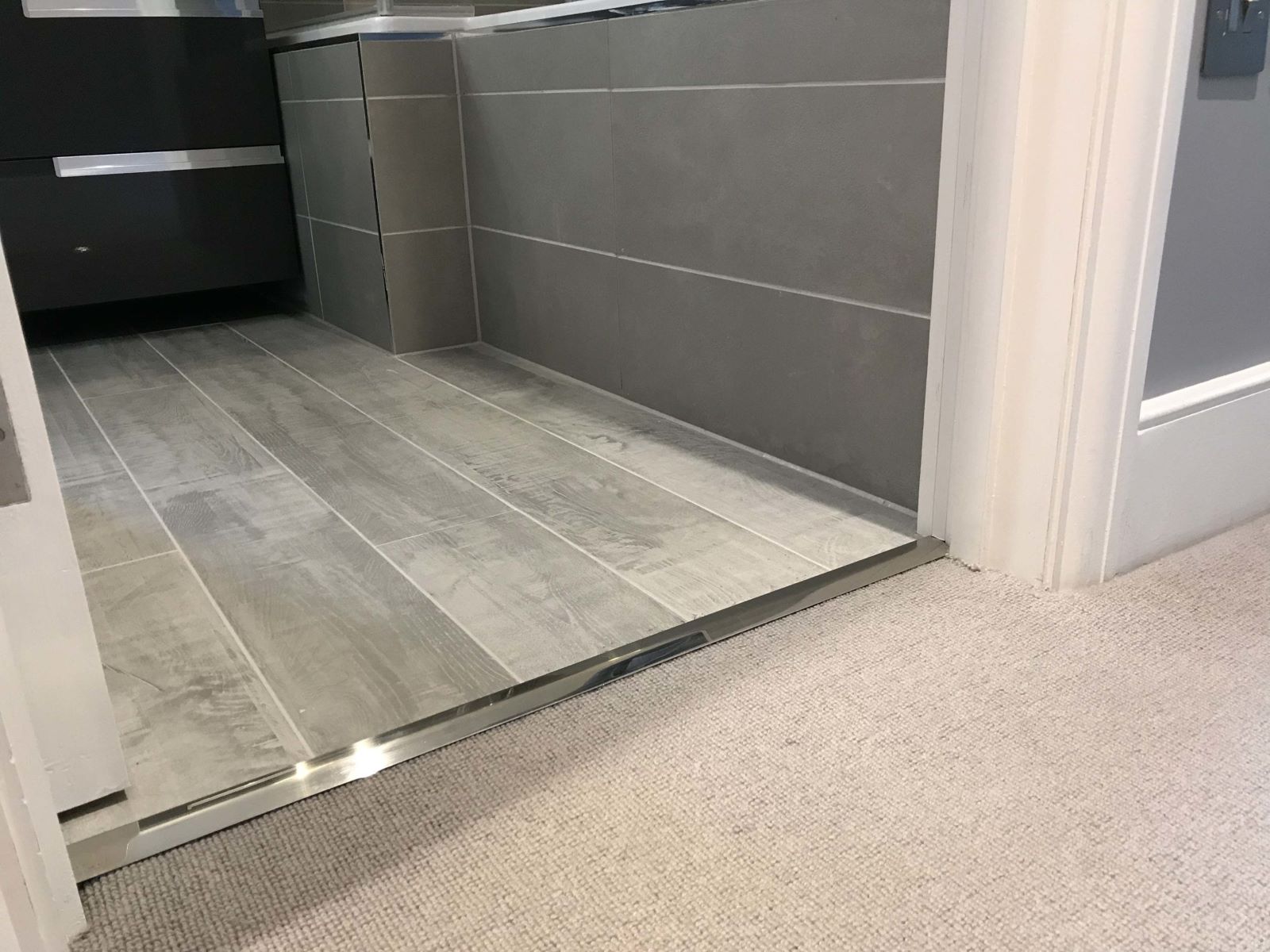
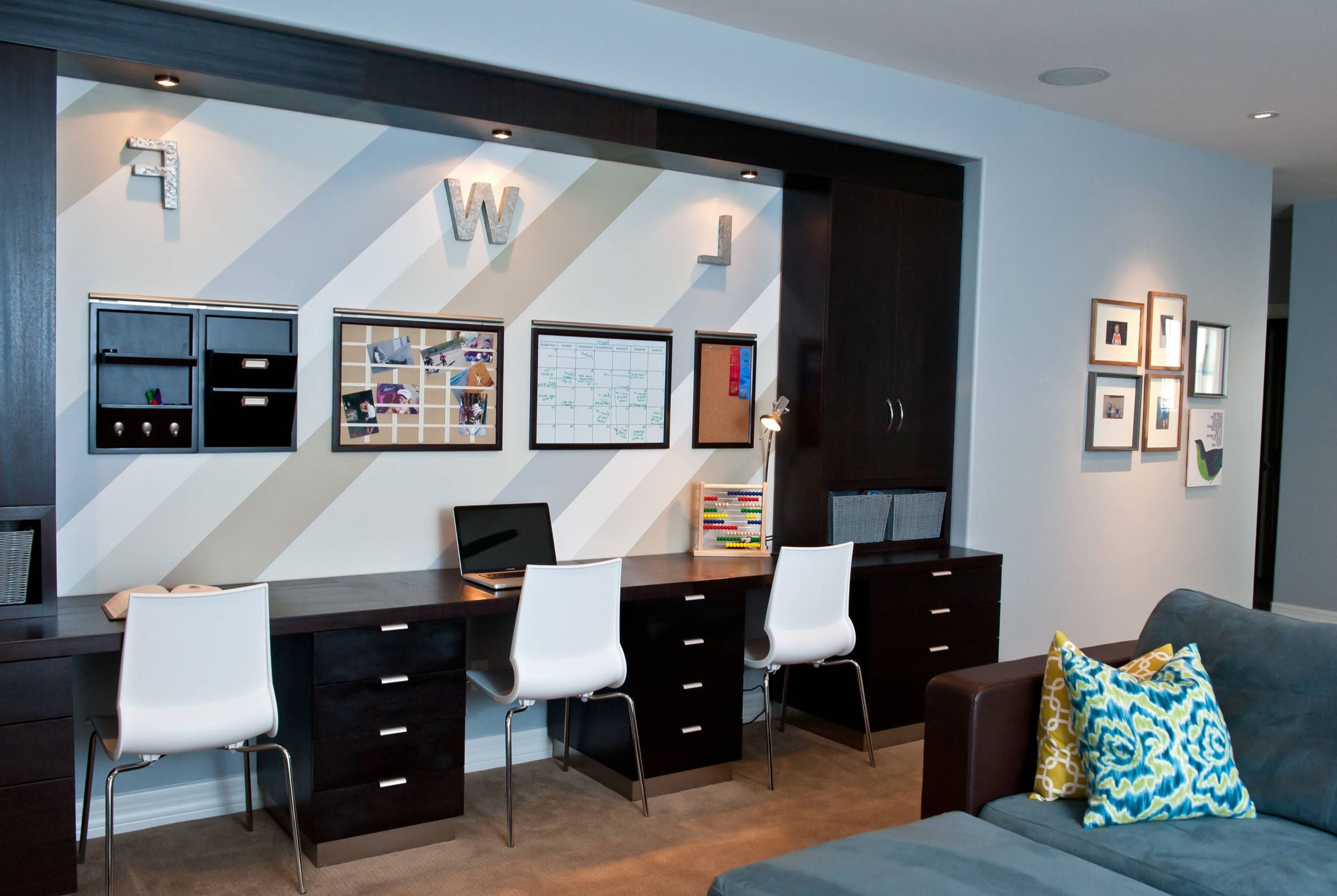
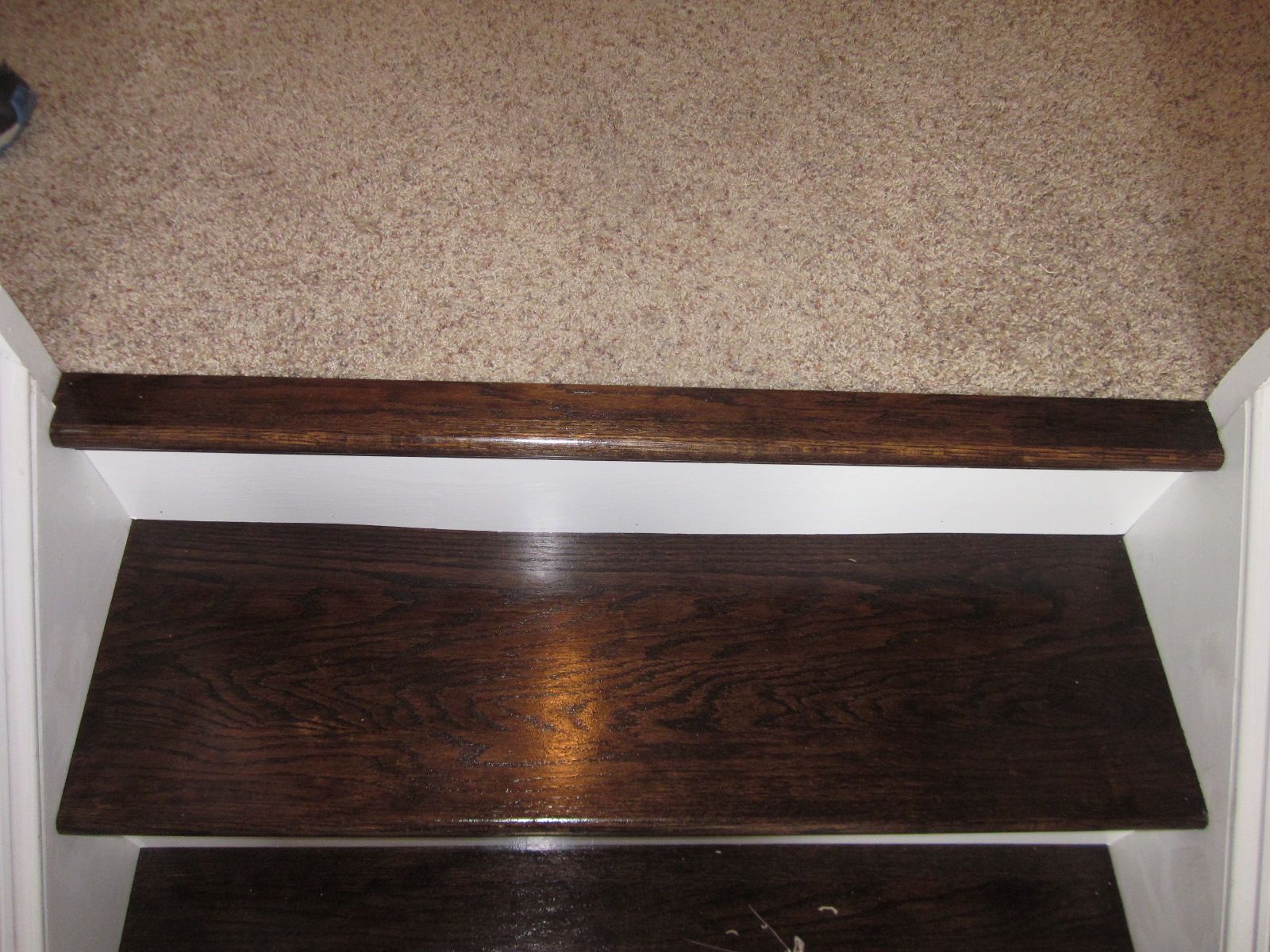



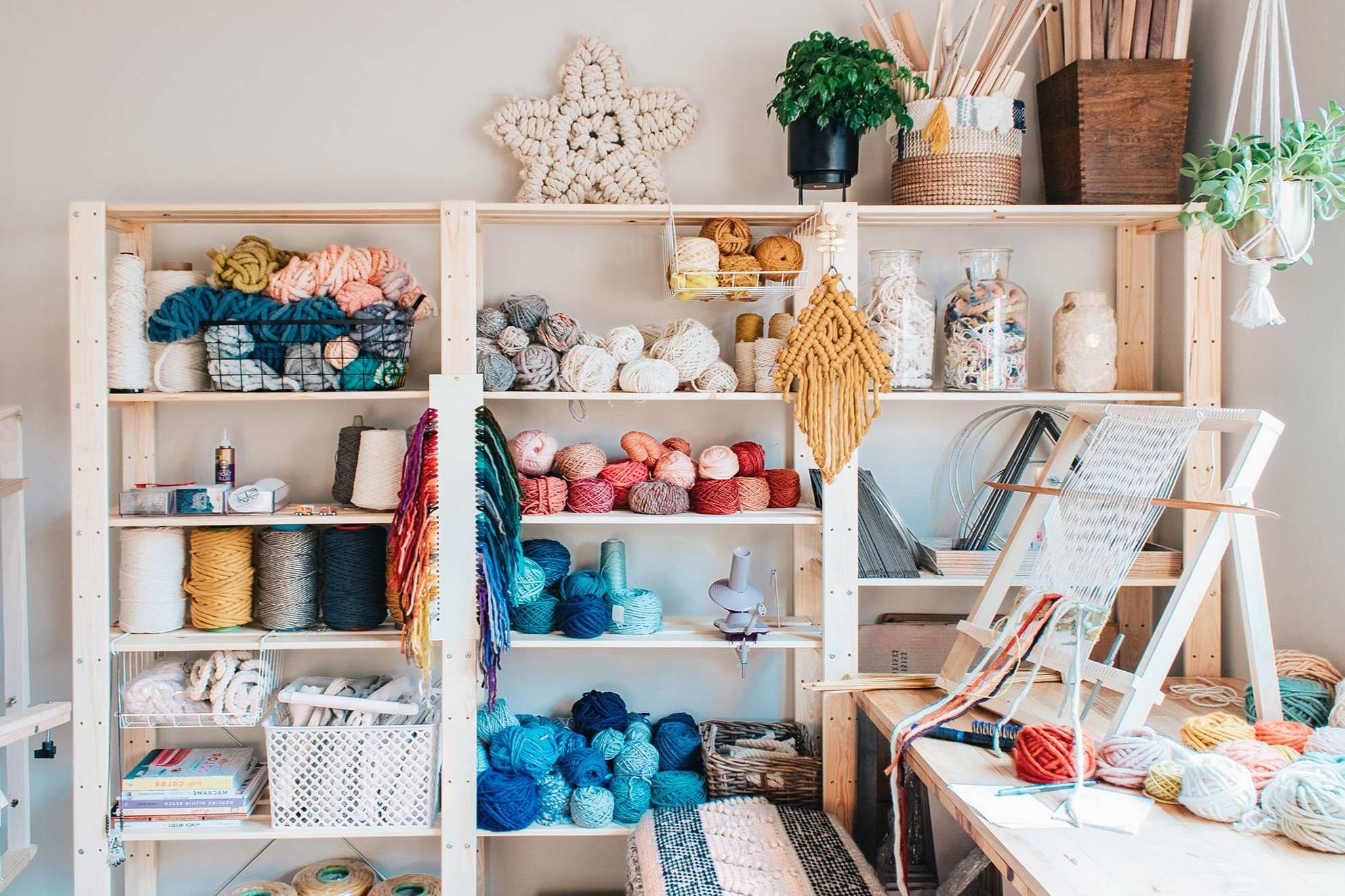

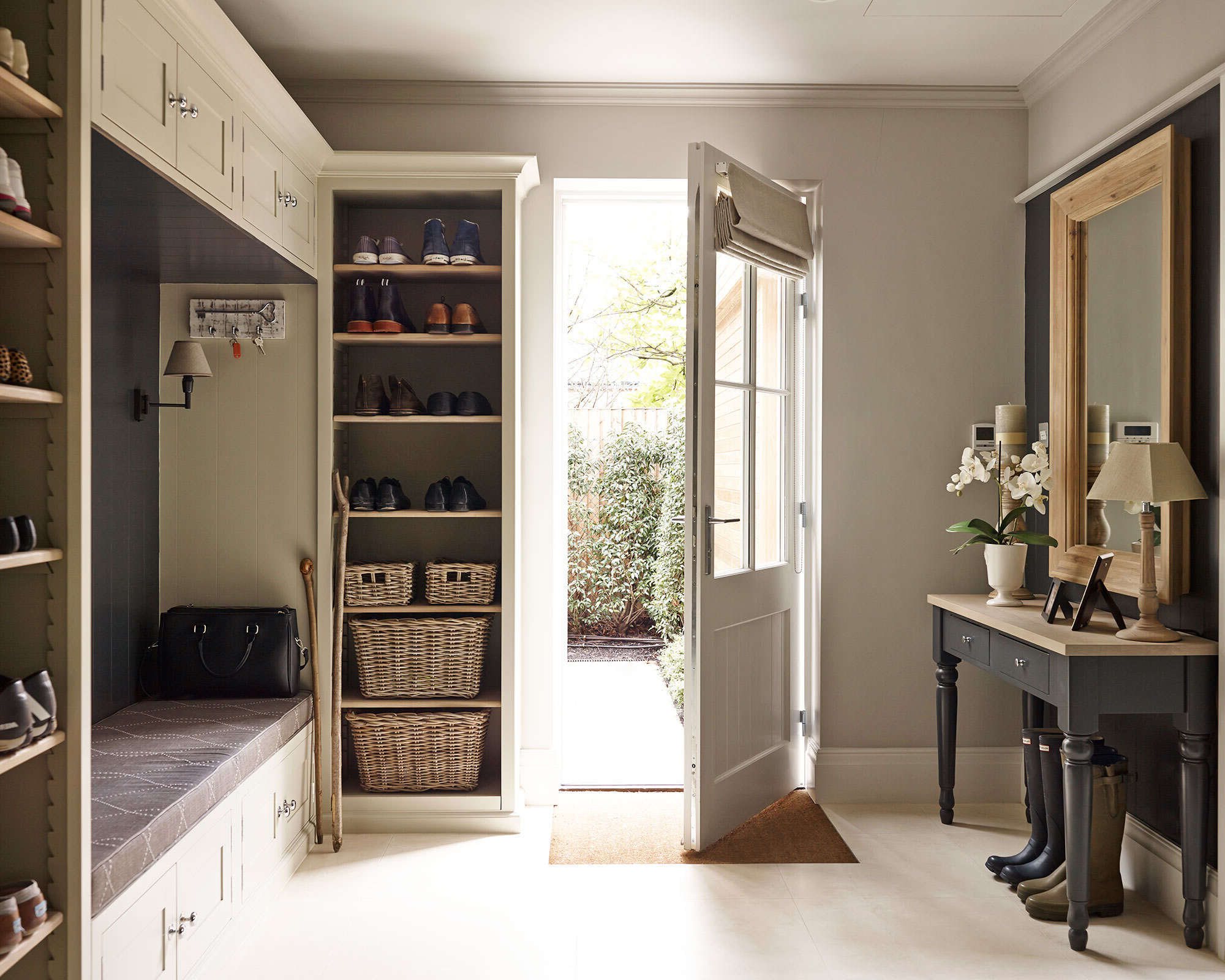
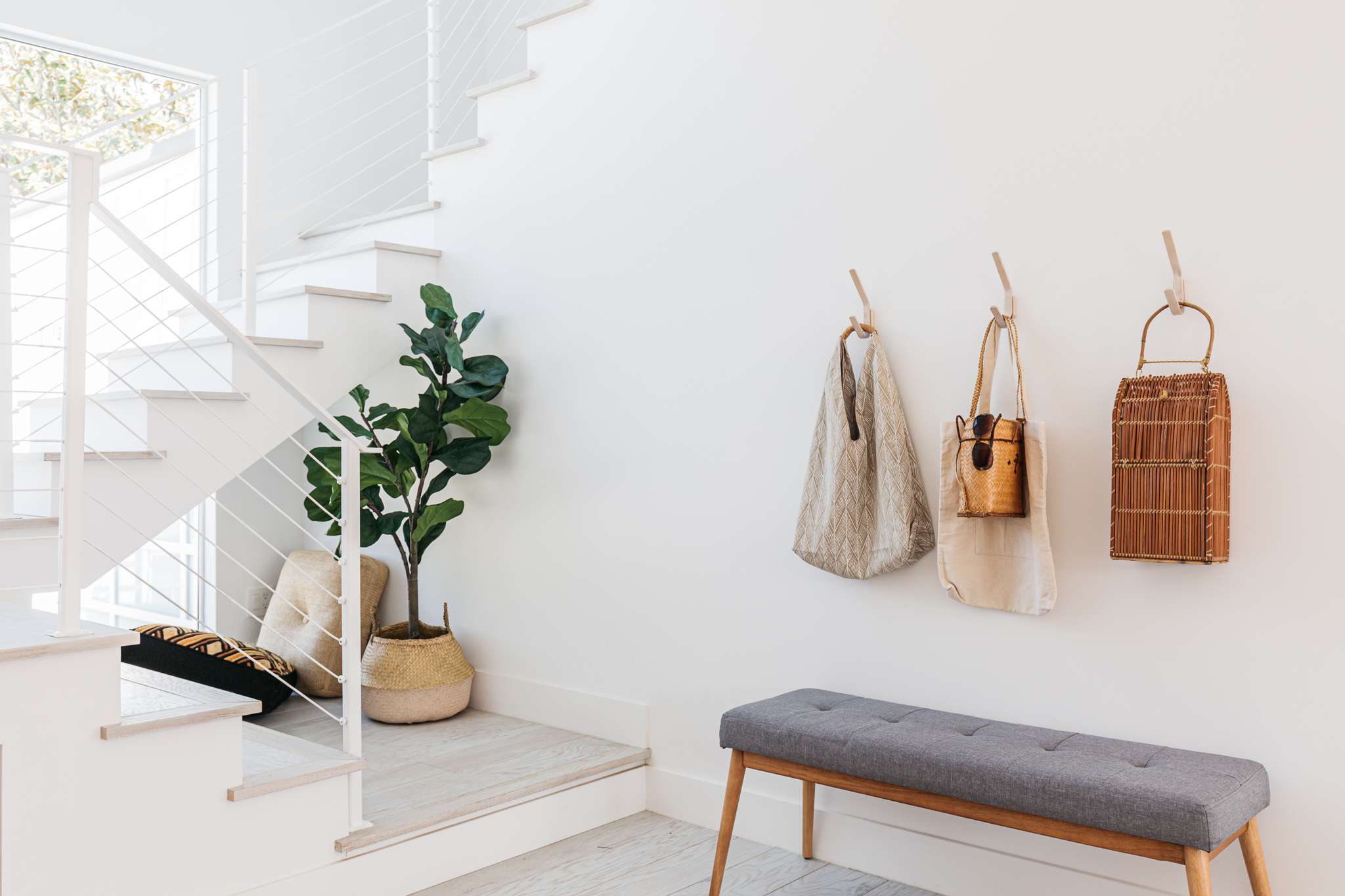

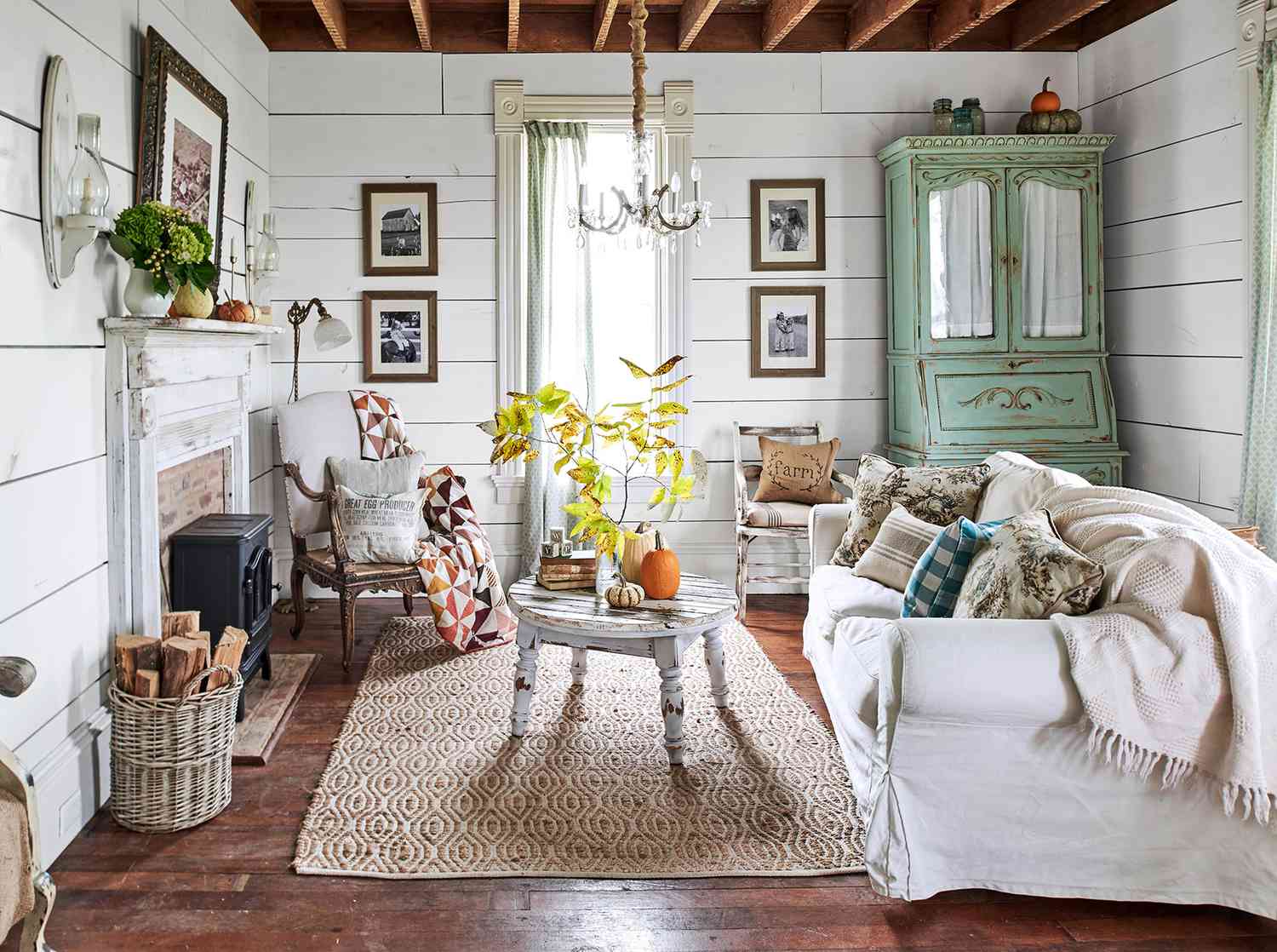

0 thoughts on “Transitional Spaces: Hallways With Personality”